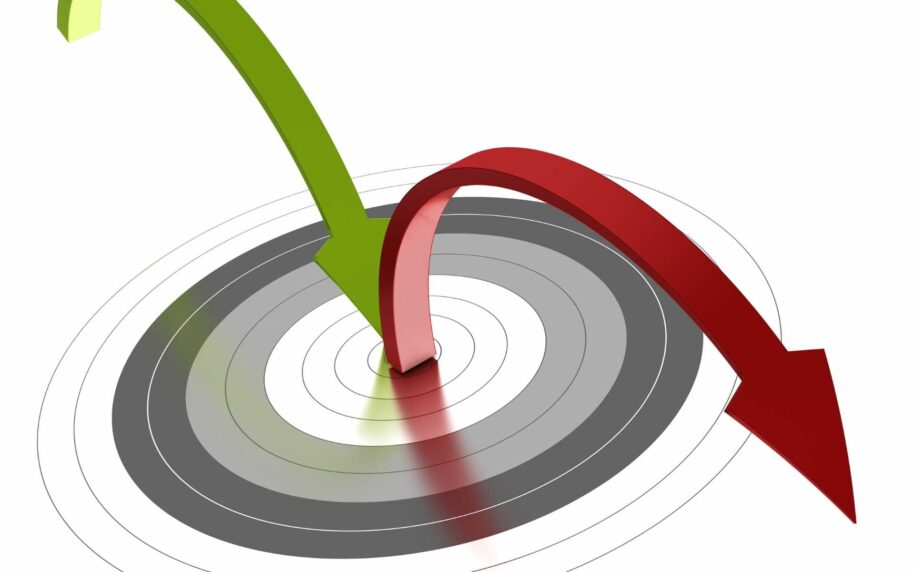9 Tips To Reduce Bounce Rate And Boost Trust
One second. One glance. Everything depends on the first impression of your customer. On average, 50% of website traffic will leave your landing page and bounce without clicking on anything. You need to fix your bounce rate if it exceeds a 50/50 split. Are your site unimpressive, outdated, or off-putting?
Although difficult to measure, trustworthiness is an essential factor that can be easily improved. This online safety and trust checklist will help website visitors feel more at ease.
1. Select the correct domain
Clear links are crucial to success! Your website’s main URL should be easy to understand, type, and read. Organizing the anchor text and page links should make site navigation easier.
Copycat links that are based on typos should be avoided. It could look like you’re trying to steal traffic from the destination.
Hosting an eCommerce store? Consider setting up a shop domain to let visitors know where you are before the website opens

2. Securely connect
SSL certificates make websites safer by encrypting the link to the server. The browser will display a padlock with an HTTPS link, which indicates that the website is authenticated. Customers have come to expect this essential security measure for all websites.
3. Make money in a meaningful manner
Are you displaying ads? You should clearly and transparently mark them so visitors can see exactly what you’re clicking.
Ads should be limited to the header or sidebar. A little breathing space is a benefit to trustful websites that are well-designed.
4. Make clickable buttons more enticing
Be soft in your sales language to avoid making CTA buttons seem pushy. “Buy now” is more trustworthy than “Shop Now”.
UX design is about the journey. Customers will be able to navigate the site in a well-planned and organized way.
5. Verify social proof
Never leave fake testimonials or reviews. Social proof is just that: proof.
You might consider using a third-party integration to manage your feedback and reviews. Customers will know that your quotes were not edited or posted by you.
6. Transparency is key to showing and telling
Customers can buy confidently using 360-degree displays, AR visualizations, demonstration videos, and high-resolution product photographs. Low-quality or limited graphics can lead to the concern that the product being sold may not be the same as the one being shipped.
To create unique product descriptions and web content, hire a professional copywriter. Copying competitor content is not a good idea. This includes “spitting” text to avoid plagiarism detection.
7. Translate site policies
Red tape is not something anyone likes. Posting site policies (shipping returns and privacy policy) will increase trust in your website. These policies are clear, concise, and easily understood.
These pages should not be hidden. It’s a good idea to place links in the footer and include direct links to your FAQ, contact page, and during checkout.
8. Display contact information
Customers can contact your company to ask questions or resolve problems. Create a responsive inquiry form and connect to branded social accounts. Send a customer support email.
What is the average schedule it takes to receive a response? Trustworthy websites list clear contact information and estimate response times.
9. Improve loading speed
Get in touch with an expert to help you fix your code, optimize for speed and improve responsive design across all devices.
Your web host’s quality is essential! Customers can feel the difference. IntenJet is a top service provider that provides lightning-fast hosting solutions.
Are you ready to create a website that is more trusted? Start your journey with a .shop domain or IntenJet hosting.

